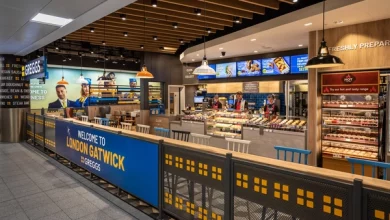The aspirin that soothes the returns headache
By James Hyde, CEO at James and James Fulfilment

Are returns the biggest headache for online retailers? Returns are not so great for customers either. If retailers are to make the most of the new captive audience, it is time to stop treating returns as an annoying business cost. With the right approach, retailers can improve the customer experience, using returns data to massively reduce the number of returned items and inform future buying and merchandising strategies, insists James Hyde, CEO of James and James Fulfilment.







